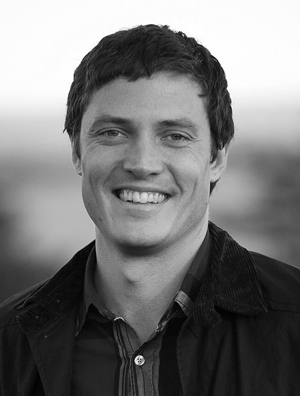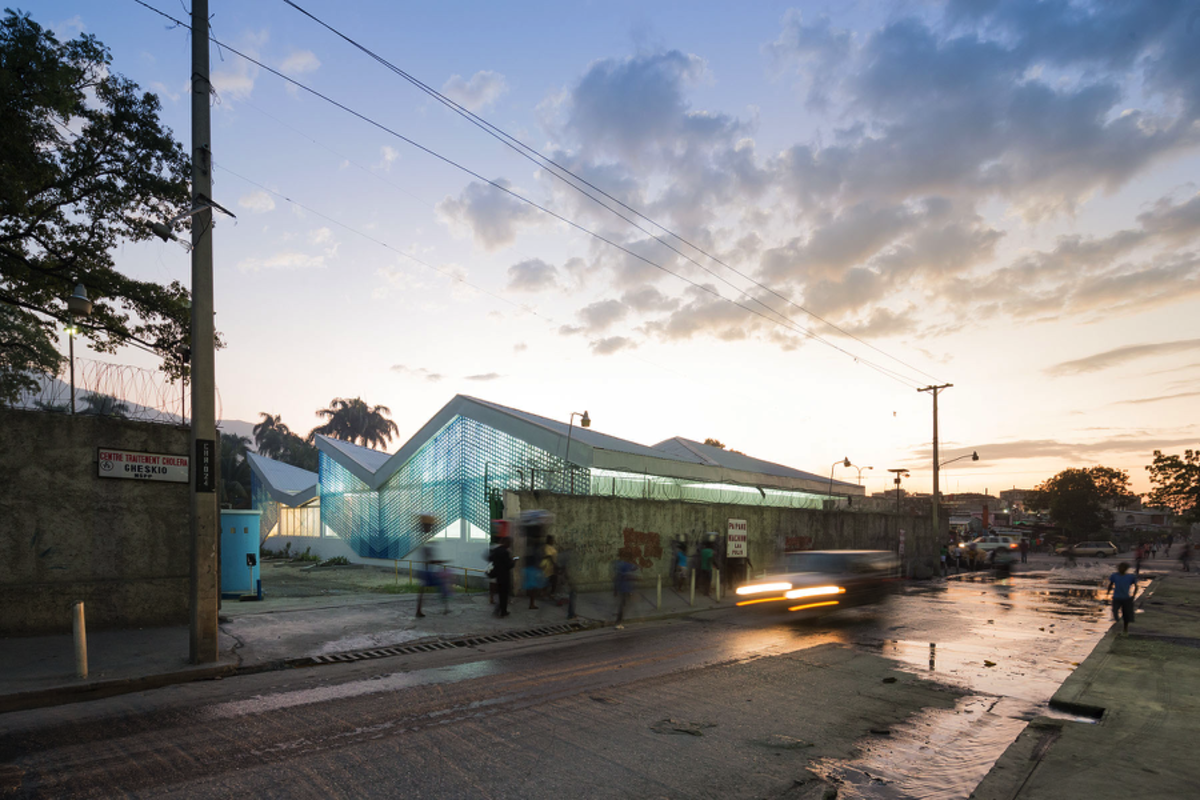Earlier this year, Michael Murphy (MArch ’11) joined visionaries like former vice president Al Gore and civil rights activist Bryan Stevenson on stage for TED2016.
Murphy’s story may be known to many in the Harvard Graduate School of Design community. Inspired by a Harvard lecture from Partners In Health’s founder Dr. Paul Farmer, Murphy and his GSD classmate Alan Ricks (MArch ’10) traveled to Rwanda to design a “healthier” hospital. With this project, the pair launched MASS Design Group, a nonprofit design firm based in Boston.

First celebrated for its Butaro District Hospital (2011)—completed in collaboration with the Rwanda Ministry of Health and Partners In Health—MASS Design is known for public health projects in the developing world, with built work in places including Rwanda, Liberia, Uganda, the Democratic Republic of Congo, Malawi, and Haiti. Read about Murphy’s work in Haiti, following that country’s 2011 cholera outbreak, in Harvard Design Magazine‘s recent health-themed issue, “Well, Well, Well.”
The firm, which studiously involves local constituents in the entire design process, from planning and programming to construction, continues to works globally, but has turned its sites closer to home for a transformative project in Montgomery, Alabama.
When Murphy learned Bryan Stevenson’s plan to create a national memorial to the more than 4,000 African American victims of lynching, he reached out to inquire who was designing the project. With Stevenson’s invitation, Murphy traveled to Montgomery to discuss his vision.
This project represents a new chapter for Murphy and MASS Design—rather than creating a place to heal disease, this new design hopes to help heal America’s national psyche.
“Countries like Germany and South Africa, and, of course, Rwanda, have found it necessary to build memorials to reflect on the atrocities of their past,” Murphy says. “We have yet to do this in the United States.”
During his TED Talk, Murphy reflects on his early motivation to veer from the typical career path. He questions the role of architecture and design in society—“What more can architecture do?” “How [can we] invest in the dignity of the communities in which we serve?”—and shares his design philosophy and professional journey. His talk is full of optimism for the future of architecture as a transformative force to better the lives of people around the world.
In closing, Murphy reinforces a lesson he learned from his father: “Great architecture can give us hope. Great architecture can heal.”
Watch Murphy’s full TED Talk, “Architecture that’s built to heal.”
